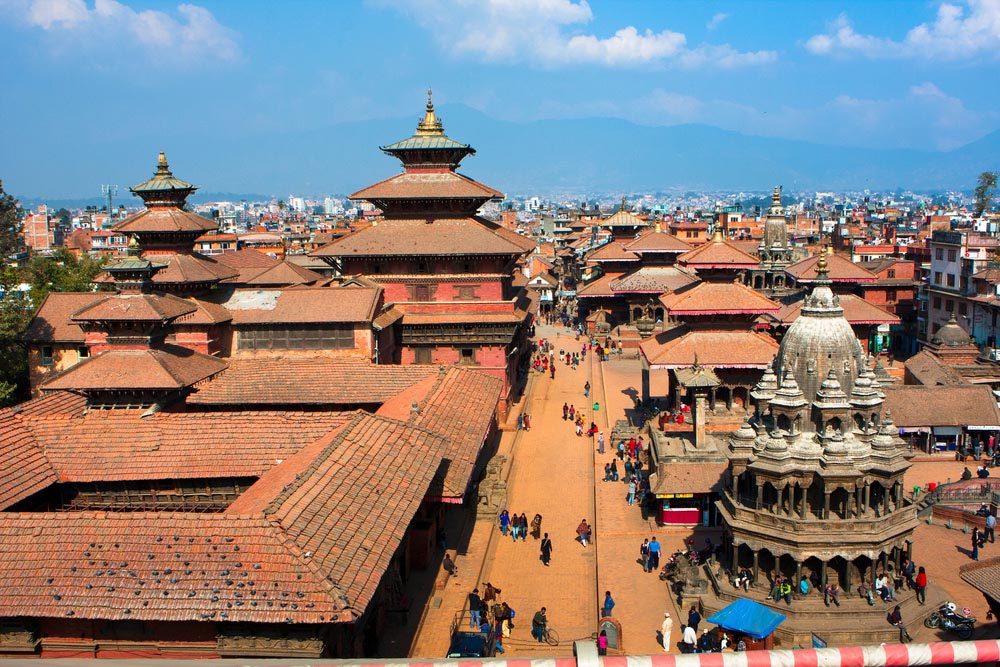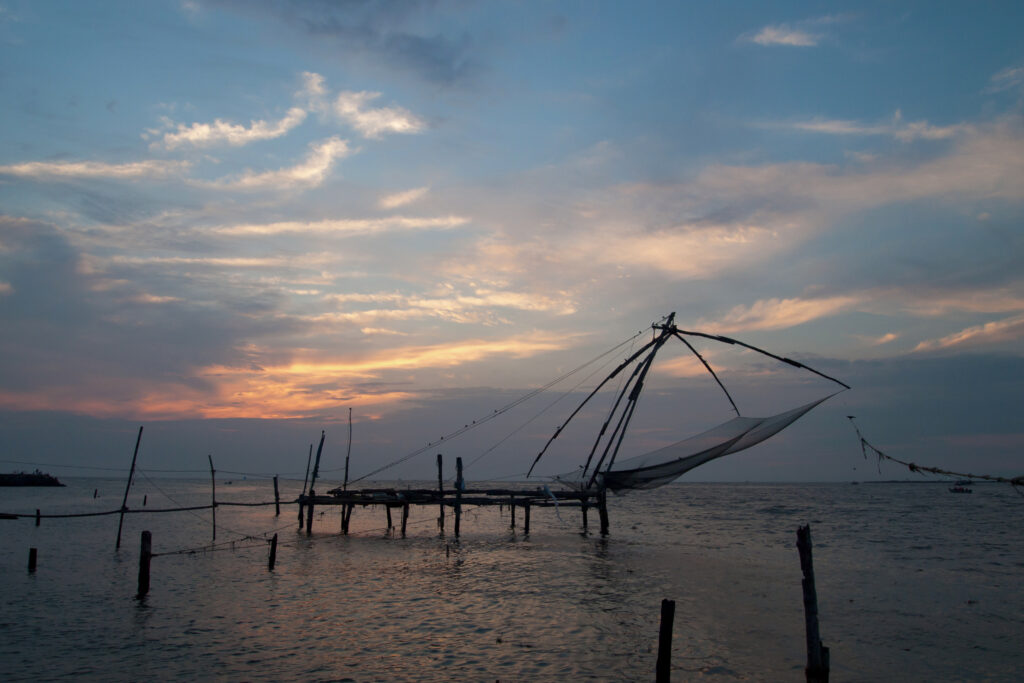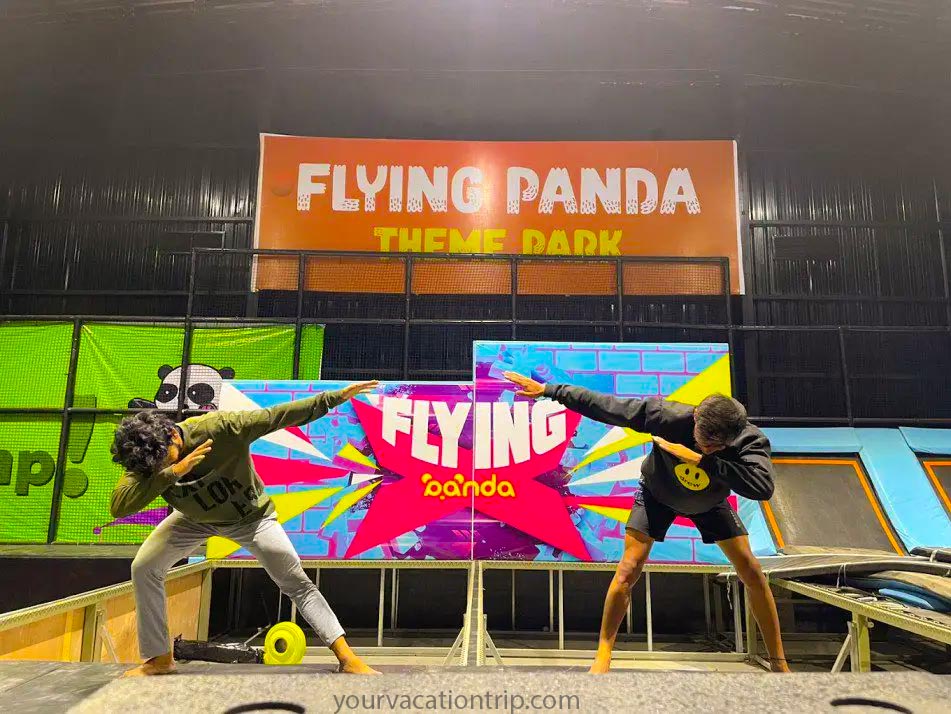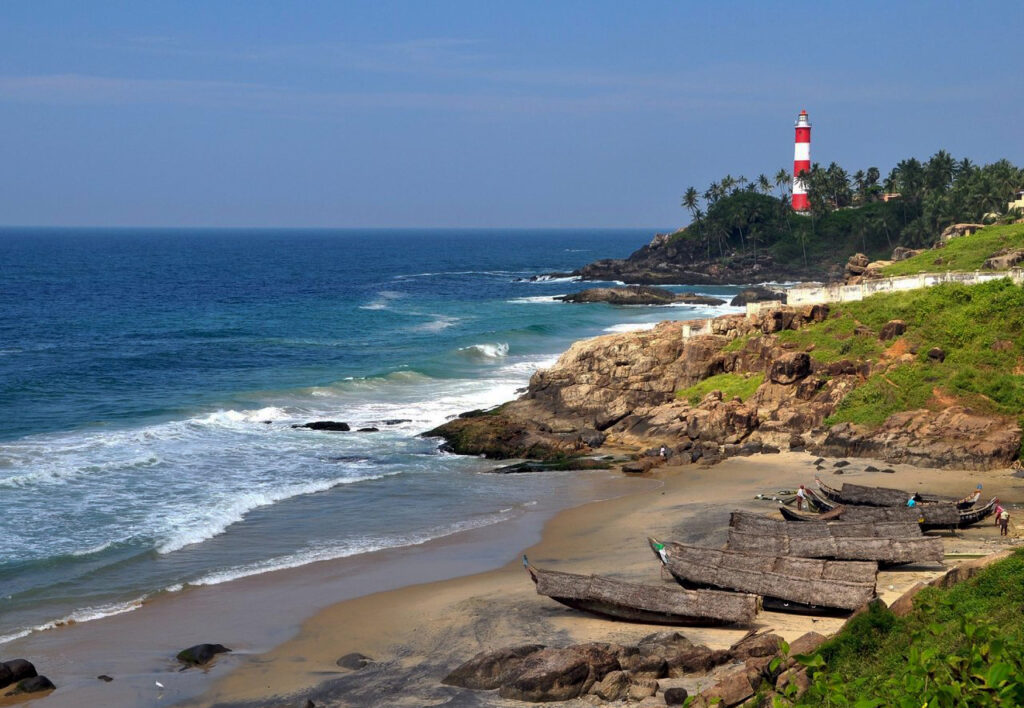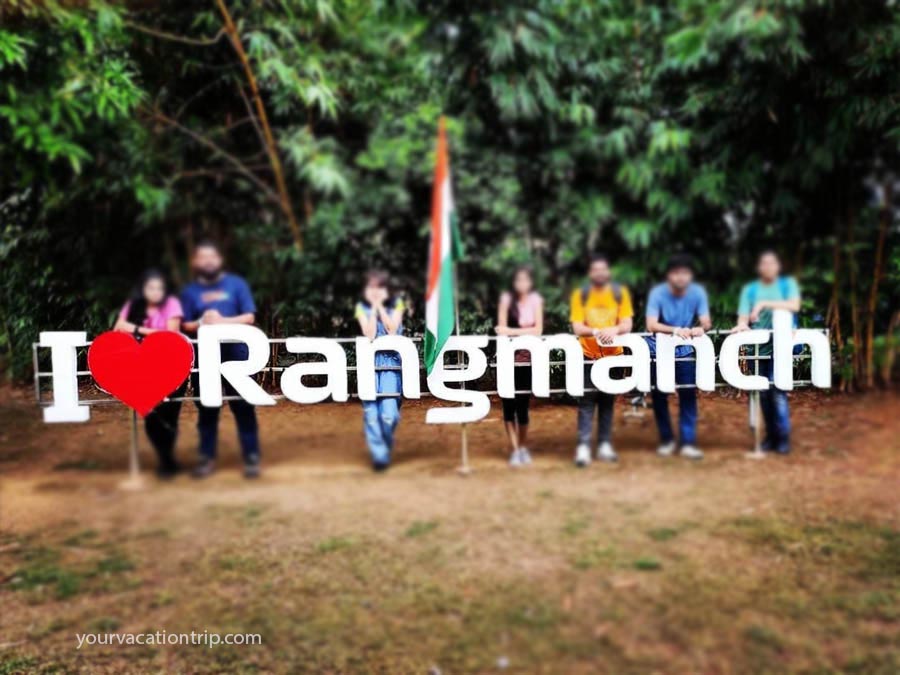Nepal, a land of mountains and mystique, beckons travelers with its natural beauty and vibrant culture. Explore the Himalayas, ancient temples, and serene monasteries. Trek to Everest Base Camp or stroll through the bustling streets of Kathmandu. Discover the spiritual heart of Buddhism and Hinduism while savoring local delicacies. Nepal’s diverse landscapes and warm hospitality make it an unforgettable destination for adventure and cultural exploration. Here is A Complete Nepal Tour Guide for Travelers.
Nepal Tour Guide
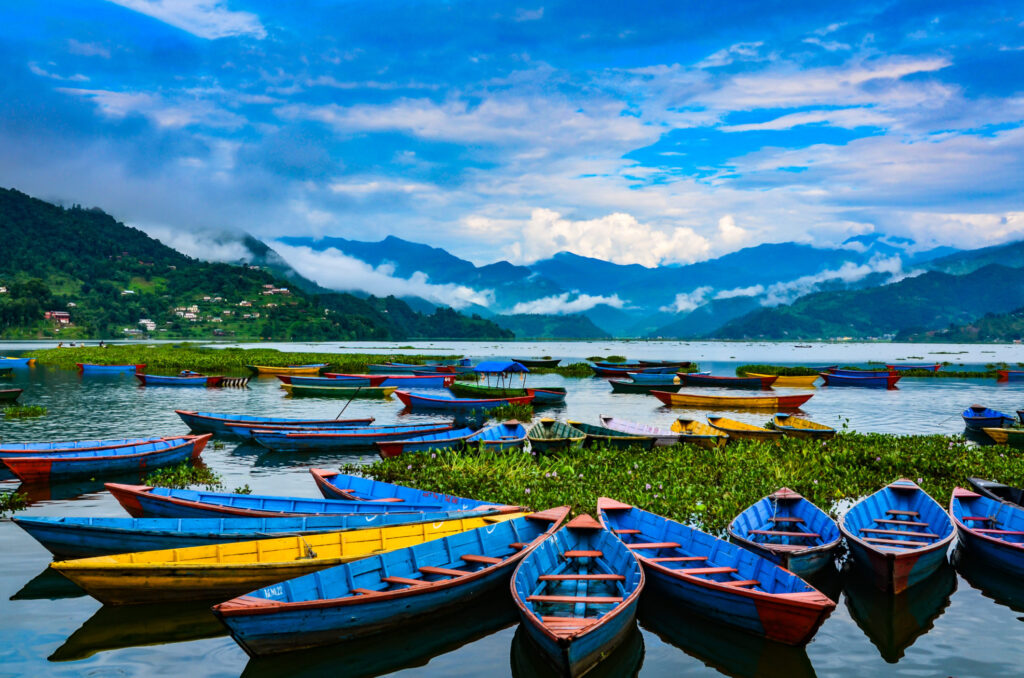
Travelers to Nepal should remember key points:
- Obtain necessary visas and permits.
- Be cautious about altitude sickness.
- Respect local customs and traditions.
- Drink bottled or purified water.
- Carry small denominations of local currency.
- Prepare for weather variations.
- Practice responsible tourism.
- Stay updated with travel advisories.
- Consult a healthcare professional before traveling.
- Be aware of local emergency contacts and your embassy’s location.
- Use reliable transportation options.

Know about its major Border Crossings below :-
Nepal shares its borders with India to the south and China (Tibet Autonomous Region) to the north. Some of the major border crossings or entry points between Nepal and these neighboring countries include:
Nepal-India Border Crossings:
- Kakarbhitta: Located in the eastern Terai region, it’s a common entry point from the Indian state of West Bengal.
- Birgunj: Situated near the Indian town of Raxaul, it’s a major crossing point for trade and travelers.
- Sunauli: Links Nepal to the Indian state of Uttar Pradesh and is a popular entry point for travelers to Lumbini.
- Rupaidiha/Belahiya: Connects Nepal with the Indian town of Rupaidiha in Uttar Pradesh.
- Mahendranagar: Located in the far-western region, it connects with the Indian town of Banbasa in Uttarakhand.
Nepal-China Border Crossings (Tibet):
- Kodari (Zhangmu): Connects Nepal to Tibet and is the entry point for those traveling to Lhasa.
- Rasuwa: Located in the northern region, it connects with the Chinese town of Kyrong (Keyrong).
- Korala (Lipu Lekh): Situated in the far-western region, it’s a more remote crossing point.
Please note that border crossing points and regulations may change, so it’s essential to check the latest information and travel requirements before planning your trip to Nepal. Additionally, visa and permit requirements may vary depending on your nationality and the region you plan to visit.
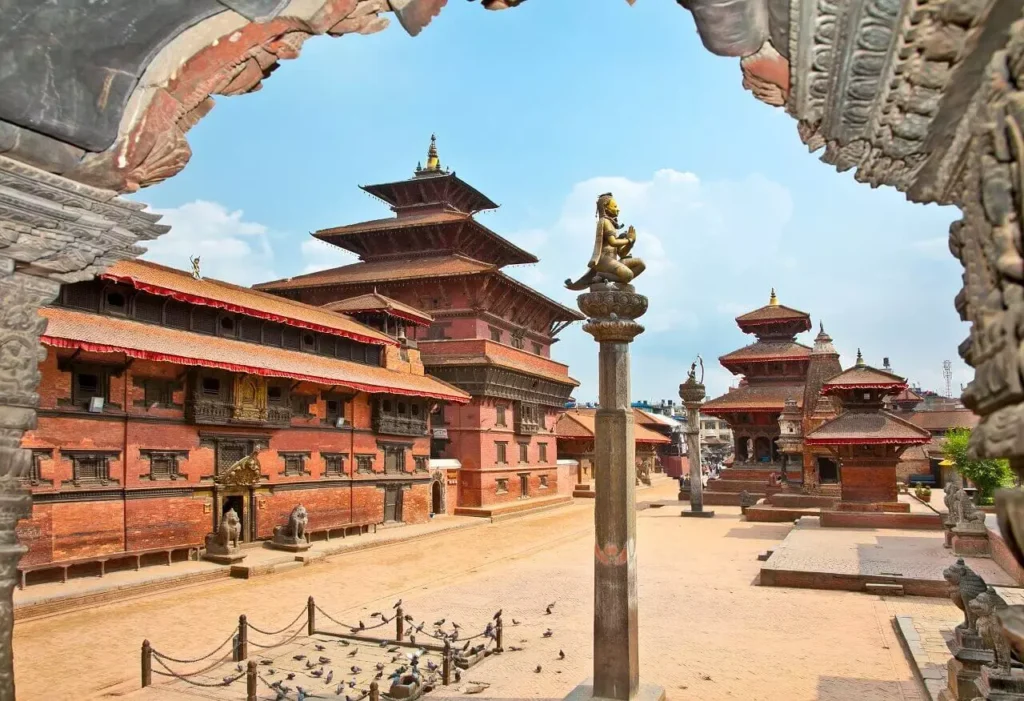
Transportation in Nepal:- Nepal Tour Guide
Travelers should be prepared for varying road conditions, especially in remote and mountainous areas. While urban centers have relatively modern transportation options, remote regions may require patience and adaptability. It’s advisable to check the latest travel information and road conditions before embarking on journeys to more remote destinations.
Weather of Nepal :- Nepal Tour Guide
Nepal experiences a diverse range of climates due to its varying topography, from the lowland Terai plains to the high Himalayan mountains. The country can be broadly categorized into three distinct climatic regions:
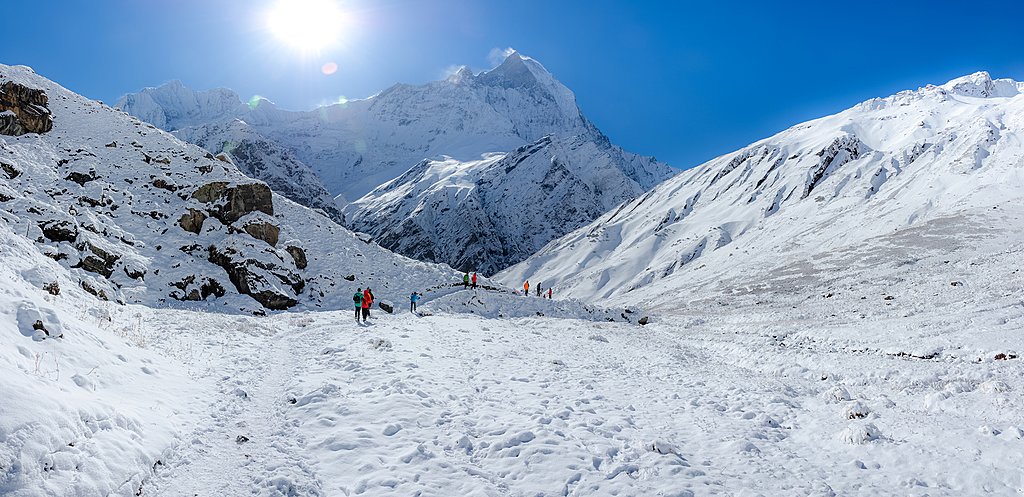
- Tropical Lowland Terai Region:
- Located in the southern part of Nepal, this region has a subtropical and tropical climate.
- Summers (March to June) are hot and humid, with temperatures exceeding 40°C (104°F).
- Monsoon season (June to September) brings heavy rainfall and high humidity.
- Winters (December to February) are milder, with temperatures ranging from 7°C to 23°C (45°F to 73°F).
- Hilly Region:
- This region includes cities like Kathmandu, Pokhara, and Bandipur, situated at moderate elevations.
- Summers (March to June) are warm, with temperatures ranging from 19°C to 27°C (66°F to 81°F).
- Monsoon season (June to September) brings heavy rainfall.
- Winters (December to February) are cool, with temperatures between 2°C and 20°C (36°F to 68°F).
- Mountain Region (Himalayas):
- This region includes high-altitude areas, including trekking destinations.
- Temperatures can vary greatly with altitude and season.
- Summers (March to June) are relatively mild, with daytime temperatures ranging from 10°C to 20°C (50°F to 68°F).
- Monsoon season (June to September) can bring heavy rainfall and challenging trekking conditions.
- Winters (December to February) are cold, and temperatures can drop below freezing, especially at higher elevations.
Key considerations:
- The best time for trekking in the Himalayas is during the spring (March to May) and autumn (September to November) when the weather is generally pleasant.
- Monsoon season (June to September) can be challenging for travel in many regions due to heavy rainfall and landslides.
- Altitude greatly influences temperatures and weather conditions. High-altitude areas are much colder than lower regions, especially in winter.
Nepal’s diverse climates offer a variety of experiences, whether you’re looking for trekking adventures, cultural exploration, or relaxation in the lowland Terai. Be sure to consider the specific regions and times of year when planning your visit to make the most of Nepal’s diverse weather.
